Im setting up my powershell profile to create aliases of commonly used commands. On Microsoft's documentation it says, if I want to make an alias for a command with parameters, I should make the value of the alias a Function that does that. . However, when I type the name of the function in the command line it works just as well as an alias.
. However, when I type the name of the function in the command line it works just as well as an alias.
In other words, in the above picture, if I typed CD32 it would behave the same as if I typed Go in the command line
So my question is: Why do I use aliases pointing to functions when I could just have a function? Are there feature differences between the two?